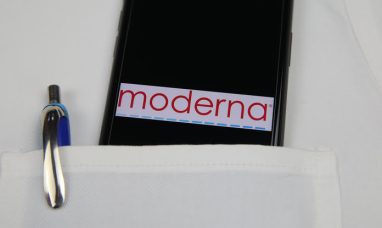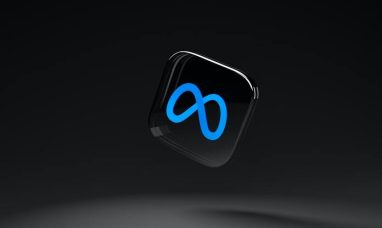Today’s the day Amazon Prime members have been waiting for – it’s Amazon Prime Day 2017! However, Alibaba (NYSE:$BABA), a Chinese e-commerce giant, will still maintain its competitive edge, and the company can take it relatively easy this week as Amazon (NASDAQ:$AMZN) will be putting all of its time and effort into topping last year’s Prime Day record-breaking performance.
Why is Prime Day such a big deal?
In 2016, Prime Day was the Washington-based company’s biggest sales day ever and many speculate that this year will mark yet another sales record when the 30-hour event ends on July 12. When looking at the numbers, analysts have estimated that Amazon brought in $500 to $600 million in 2016 on Prime Day, although the company itself estimated the number to be as high as $1.8 billion worldwide. Additionally, Amazon believes that the company could pull in $2.2 billion during the event this year. With that said, this is still thought to be minor when compared to the $17.8 billion in sales that Alibaba brought in during its 24-hour Singles Day event last November, up from the $14.3 billion in sales in 2015. To put this into perspective, Amazon’s total revenue was $136 billion, which means that Alibaba’s Singles Day event brought in roughly 10% of Amazon’s full-year sales figures.
It’s important to note that Amazon’s stock was trading marginally lower on Tuesday morning to $992.65 after increasing about 2% on Monday. So far this year, Amazon’s stock is up about 32%. On the other side of the equation, Alibaba’s stock is trading up 64% so far this year to $143.87.
Keep in mind however that Alibaba’s Single Day had a bit of a head start. While Alibaba capitalized on China’s anti-Valentine’s holiday in 2009, Amazon’s Prime Day started in 2015 as a way to celebrate the company’s 20th birthday. Another reason as to why Alibaba will maintain its edge, regardless of whether Amazon’s sales will increase over this year’s 30-hour event, is because Singles Day is offered to all of its customers, while Prime Day is only available to Amazon Prime members who pay $99 per year.
Featured Image: Facebook











